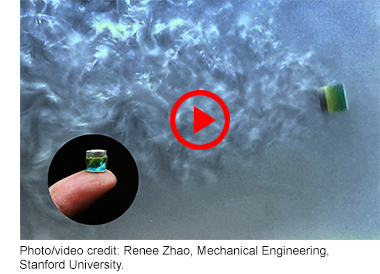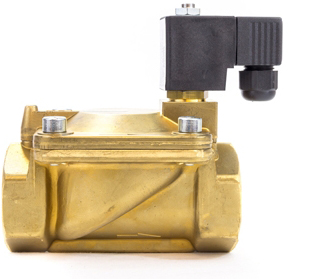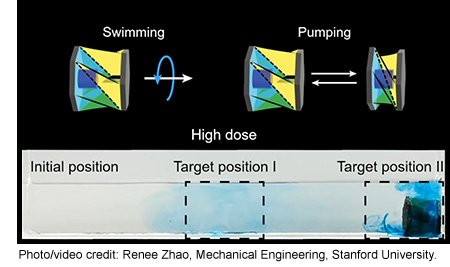| What is IO-Link?
 IO-Link is an open-standard serial communication protocol which means no individual company
or entity has the right to exclude anyone else—it is open for all to use. The practical result of this
is you can specify an IO-Link part and use it with any other part, even from another company, as
long as it confirms to the standard. It is used to transfer data and communicate other information. IO-Link is an open-standard serial communication protocol which means no individual company
or entity has the right to exclude anyone else—it is open for all to use. The practical result of this
is you can specify an IO-Link part and use it with any other part, even from another company, as
long as it confirms to the standard. It is used to transfer data and communicate other information.
It enables sensors, actuators and other devices to connect to a network and provides fieldbus
functionality but is point-to-point communication, so it not classified as a fieldbus.
Communication to a master device is bi-directional and the IO-Link master can transmit this data
over various networks, fieldbuses or backplane buses, making the data accessible for PLCs and
HMI.
Why choose
to use
IO-Link
Technology |
|
Here’s a list of benefits followed by a brief explanation:
• Increased productivity through increased up time
• Easier design, set up and maintenance
• Increased flexibility
• Better scalability
• Lower inventory and operating costs
• Plug ‘n play operation |
 |
 IO-link technology increases productivity and uptime because it includes diagnostic information
that reports whether a sensor is functioning or in need of replacement. This means users don't
have to check every sensor in a system if a problem occurs. IO-link technology increases productivity and uptime because it includes diagnostic information
that reports whether a sensor is functioning or in need of replacement. This means users don't
have to check every sensor in a system if a problem occurs.
By using simple 3-wire connectivity that does not have to go all the way to a PLC from a sensor,
IO-Link devices are easier to set up and maintain. This method of connectivity employs an
analog to IO-Link converter. Alternatively, a position sensor with a 4-wire IO-Link compatible
output uses power, ground and a C/Q control for signal and switching.
IO-Link can handle thousands of devices from more than 150 manufacturers on one cable. The
bi-directional data also permits adjusting the sensor from the controller. The protocol allows for
cyclic and acyclic service-data communication, separately from process data communication.
These features greatly increase flexibility and scalability.
Because IO-Link sensors can function like traditional 3-wire sensors when not connected to IOLink
systems, the same part can be stocked for other applications, lowering inventory costs.
Several of the features described in the preceding paragraphs can lower operating costs as well.
One really nice feature IO-Link provides is that by using a unique identifier for each device, it
can store each sensor’s configuration values in an IO-Link master. This means that if a sensor
needs to be replaced, when the new one is plugged in, it is automatically programmed to the
stored setting values and ready to go.
Among the sensors Novotechnik offers, one excellent example of an IO-Link device is the RFC
4800. View the manual and specifications for the RFC 4800 here.
|






 There are times when technical advances in an area unrelated to the industrial market can be applied or leveraged to solving an industrial problem. New technology ideas can inspire other problem solving ideas too.
There are times when technical advances in an area unrelated to the industrial market can be applied or leveraged to solving an industrial problem. New technology ideas can inspire other problem solving ideas too.

